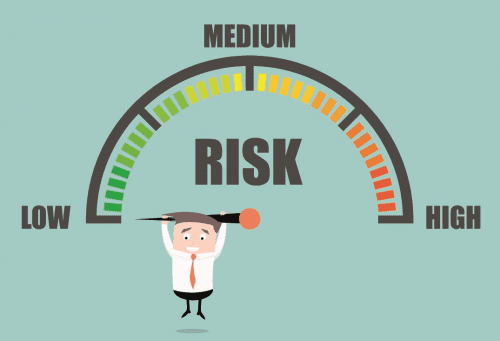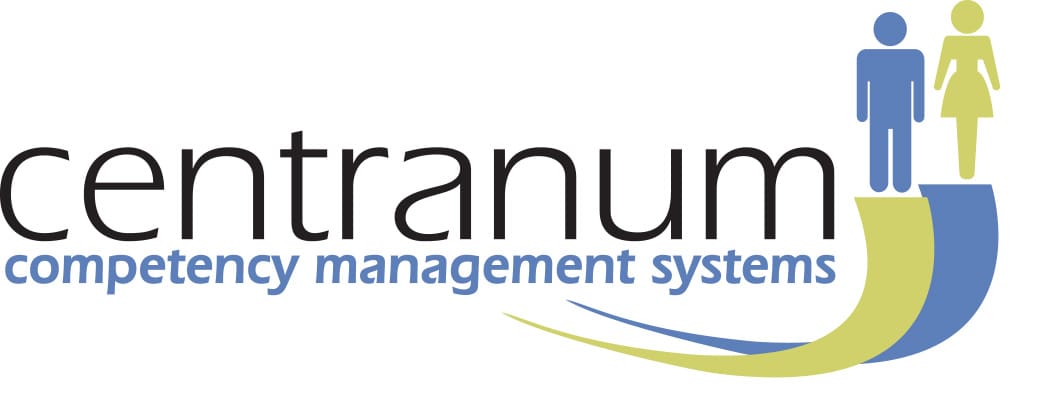
Risk Management and Competency Management - the link
Risk Management is a priority for most Boards and Governance bodies today.
A 2018 study for the Institute of Directors identifies Human Capital Risk as a major concern for over 83% of respondents. They focused mostly on the loss of key staff.
Yet human error is really the major Human Capital risk.
The risk management process includes;
- identification of potential risks or hazards
- analysis for probability of occurrence and ranking of the risks
- planning risk response – risk elimination or reduction strategies
- monitoring risks and the effectiveness of risk management strategies
Risk Identification
Identifying potential risk is critical. Yet risk is often underestimated. Engineers, scientists and other professionals believe they think rationally and have covered all the possibilities. Yet they are largely unaware of the psychological aspects of risk.
Learning how to use thinking strategies to reduce bias is an important competency.
Competency and Risk Management

We are all prone to cognitive bias in our information seeking and our judgments. Whilst the cognitive bias of loss aversion (a preference for acting to minimize loss rather than accepting increased risks in order to win) is favorable for risk identification, most of the common biases and thinking heuristics do not help. 10 relevant examples;
- Overconfidence. Experts in particular are often over confident in their abilities – including to their ability to spot risks.
- Confirmation bias – Giving most weight to information that confirms our own existing ideas.
- Anchoring – tendency to focus heavily on the first or most recent piece of information received.
- Group think – believing what others believe – a tendency which is stronger the more agreement there is in a group.
- Optimism bias – we over estimate positive outcomes and under estimate negative ones.
- Statistical mind block – not properly considering probability. There is a tendency to overestimate small probabilities and to under estimate large probabilities as Kahneman and Tversky1 famously found. There is also an inability to consider ‘black swan’ events – as described by Nassim Nicholas Taleb – those events that are very infrequent but have high negative impact.
- Representative bias – thinking that events that are similar have a similar probability of occurrence
- Hindsight bias – after unpredictable events occur thinking they were as predictable when they happened as they are now.
- Availability heuristic – thinking things we remember are more important and more likely to occur again
- Commitment bias – when we have already invested in a set of information, or a decision, continuing to do so rather than looking afresh
Everyone has these biases to an extent and are usually oblivious to them. Bias is influenced by culture, education and experience as well as the organizational culture we work in. Risk information is emotionally negative information. No-one likes to admit they may be prone to error. Error is seen as a weakness and opens up the risk of criticism and judgments of poor performance or lack of expertise.
People are the prime source of risk
Every organization has people, technology, and processes. All are sources of risk, and people are especially a source of risk as they interact with, and therefore affect, technology and processes.
Whilst there are specific risk management competencies it is the competency level of all staff that is a critical element in risk management.

Reducing the risk of human error
A functional competency management system is a critical tool for reducing the mistakes people make. A competency management system involves;
- Analysis of job roles to identify knowledge and skill requirements.
- Definition of competencies – headings and subheadings with general description
- Definition of competency standards – knowledge that can be tested, skills that can be demonstrated
- Role based competency profiles and career pathways
- Competency Assessment
- Individual Competency Gap analysis, remediation and development
- Organization wide review of competency levels and gaps
- Continuing update of competency requirements as operating environment changes
Competency Management addresses not just the generic core and leadership competencies but very specific technical, functional and clinical competencies that are unique to the organization, its facilities, equipment, procedures and job roles.
When staff and managers are aware of the knowledge and skill requirements of their roles they will make efforts to meet the standards. The benefits for the organization are;
- staff are more engaged, autonomous, aware of potential career paths
- human errors are reduced
- risk and liability is reduced
- productivity is improved
- real time information on competency levels for project staffing
- real time information on competency gaps and the effectiveness of learning strategies for Learning & Development Managers
Competency Management systems are particularly beneficial for knowledge intensive industries such as healthcare, engineering and technology.
References
1. D. Kahneman, and A. Tversky, Prospect Theory: An Analysis of Decision Under Risk, ECONOMETRICA 47(2) (1979).
